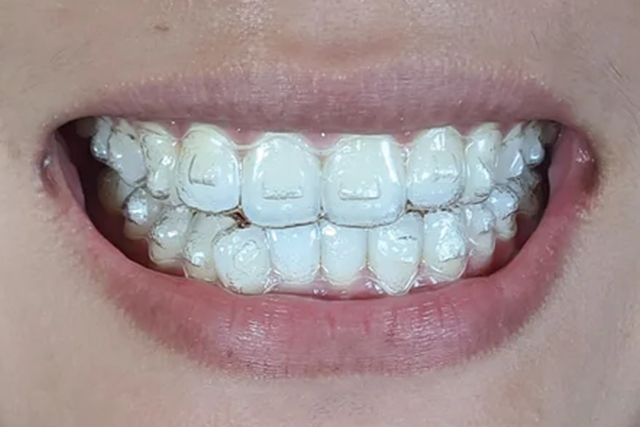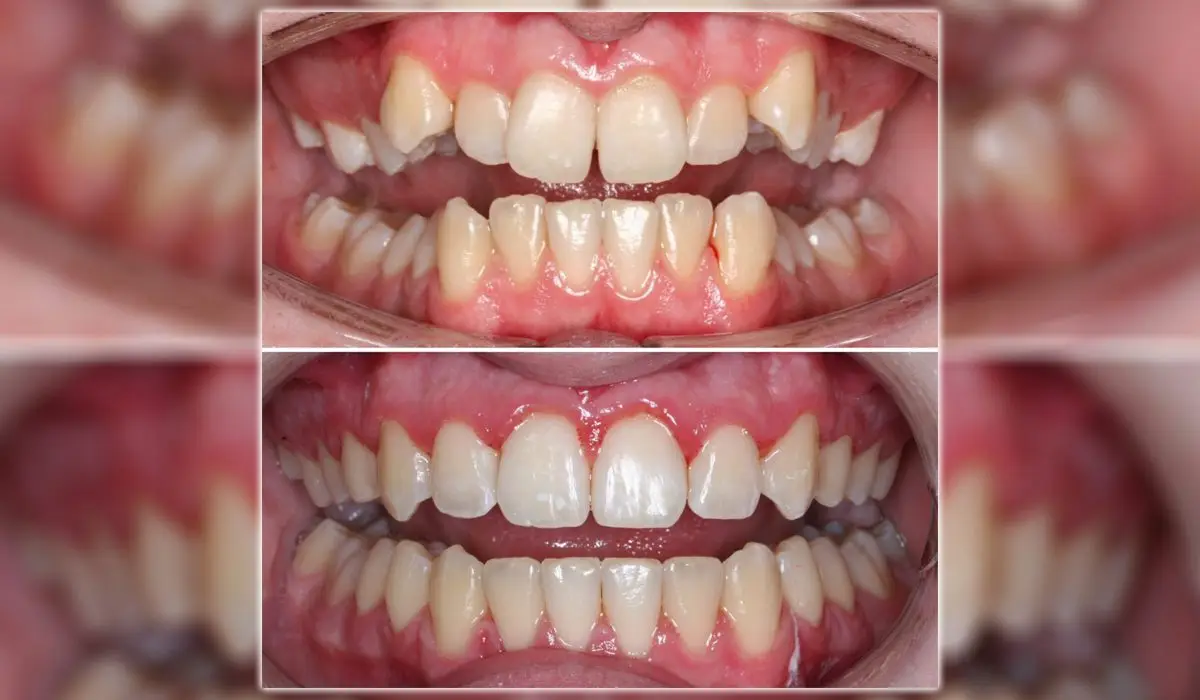Invisalign for Teens: A Modern Solution to Straightening Young Smiles
Invisalign for Teens: A Modern Solution to Straightening Young Smiles
Blog Article
Invisalign vs. Standard Braces: Which Choice Is Right for You?
When considering orthodontic treatment, the selection in between Invisalign and traditional braces provides several crucial factors that merit careful evaluation. Invisalign offers a very discreet choice with detachable aligners, while standard dental braces offer a more noticeable yet effective solution for serious misalignment. Each alternative incorporates distinct advantages and drawbacks associated with visual appeals, comfort, treatment duration, and cost. Comprehending these subtleties is crucial for making an educated decision that aligns with your personal choices and way of life. The concern stays: which option will best meet your orthodontic requirements and assumptions?
Overview of Therapy Alternatives

On the other hand, traditional dental braces include steel braces and cables that are adhered to the teeth. This method applies constant pressure over time to accomplish positioning. While efficient for intricate orthodontic concerns, typical dental braces require regular sees for modifications and can pose challenges in preserving oral health due to the problem of cleaning up around brackets and cables.
Both options have their values, and the choice often hinges on certain oral problems, way of life choices, and individual compliance. Ultimately, seeking advice from an orthodontic expert is essential for identifying the most ideal treatment strategy tailored to private demands. Understanding the nuances of each option can considerably affect the overall success of orthodontic treatment.
Visual Factors To Consider
A considerable element affecting the choice between Invisalign and traditional dental braces is the aesthetic allure each therapy offers. Invisalign aligners are crafted from clear plastic, making them practically undetectable when worn. This discreet appearance is particularly attracting teenagers and adults who might really feel self-conscious regarding their orthodontic therapy. The ability to preserve an all-natural smile throughout the placement procedure can substantially enhance the person's self-confidence in expert and social settings.
On the other hand, traditional braces include steel braces and wires, which can be a lot more obvious. While innovations in orthodontic technology have resulted in the development of smaller sized brackets and tinted elastics, conventional braces still keep a more conspicuous profile. For some individuals, the exposure of dental braces might prevent them from seeking needed therapy.
Inevitably, the selection in between Invisalign and traditional dental braces might rest on personal preferences concerning appearances. Patients that prioritize discernment typically lean towards Invisalign, while those who are less worried about presence may select conventional dental braces. Comprehending the visual implications of each alternative is crucial for making a notified choice that lines up with one's way of life and choices.
Comfort and Convenience

In regards to convenience, Invisalign aligners are removable, enabling people to enjoy their preferred foods without constraint and maintain ideal oral health. Brushing and flossing are simplified, as the aligners can be taken out during these regimens, whereas standard dental braces call for careful maneuvering around brackets and wires.
In contrast, typical braces necessitate regular changes, making them much less practical for those with hectic routines. Overall, the convenience and benefit of Invisalign make it an enticing choice for lots of individuals seeking orthodontic therapy.
Treatment Duration and Performance
While both Invisalign and typical dental braces work in correcting dental imbalances, the period of treatment can differ considerably between the two options. Normally, Invisalign treatment can take anywhere from 12 to 18 months, depending upon the complexity of the situation. The clear aligners work by progressively shifting teeth right into their desired placements, and regular follow-ups with an orthodontist assistance make certain development remains on course.
On the other hand, conventional braces often need a longer commitment, usually ranging from 18 months to three years. This is because of their set nature and using braces and wires, which can be much more effective for intricate cases and severe misalignments check this (Invisalign). The therapy efficiency of typical braces is well-documented, as they enable for specific modifications and better control over tooth movement
Inevitably, the choice in between Invisalign and typical dental braces may hinge on both the awaited therapy period and the certain dental issues available. Consulting this article with an orthodontist is essential, as they can supply tailored referrals based upon private requirements, making certain the selected technique lines up with wanted timeframes and end results.
Cost Contrast and Insurance Coverage Alternatives
Expense plays a substantial function in the decision-making procedure for individuals taking into consideration orthodontic therapy, whether going with Invisalign or standard braces. Usually, the expense of Invisalign arrays from $3,000 to $8,000, while conventional braces generally cost between $2,000 and $6,000. Elements affecting these expenses consist of the intricacy of the situation, the period of treatment, and geographical place.
Insurance coverage can significantly affect out-of-pocket costs. Several dental insurance policy strategies give partial coverage for orthodontic treatments, yet the specifics can vary commonly. It is crucial for people to examine their insurance plan to figure out the degree of coverage for either choice. Typically, conventional dental braces may be much more often covered by insurance strategies contrasted to Invisalign, which some insurance providers classify as a cosmetic treatment.
Additionally, a number of orthodontic practices offer versatile layaway plan, making both treatment choices much more available. Clients must inquire about potential funding choices and price cuts for upfront repayments. Examining the complete price, including insurance advantages and payment plans, is crucial for making a notified decision that aligns with both aesthetic choices and spending plan considerations.

Final Thought
In summary, the option in between Invisalign and conventional dental braces depends upon multiple aspects, consisting of aesthetic choices, convenience, treatment period, and cost. Invisalign offers a discreet, detachable option that helps with oral hygiene and dietary adaptability, while standard braces may be much more suitable for intricate oral concerns and commonly come with a reduced price point. Eventually, appointment with an orthodontist is important to evaluate specific circumstances and identify one of the most appropriate therapy option for accomplishing optimum oral positioning.
When considering orthodontic treatment, the selection in between Invisalign and traditional braces presents several important aspects that merit careful evaluation.Comparing Invisalign and typical braces discloses distinctive therapy alternatives for orthodontic improvement.While both Invisalign and typical dental braces are efficient in correcting dental imbalances, the duration of therapy can vary substantially between the two options.Cost plays a significant duty in the decision-making process for individuals taking into consideration orthodontic therapy, whether choosing for Invisalign or traditional braces.In recap, the selection between Invisalign and standard braces hinges on multiple aspects, including aesthetic preferences, comfort, treatment period, and cost.
Report this page